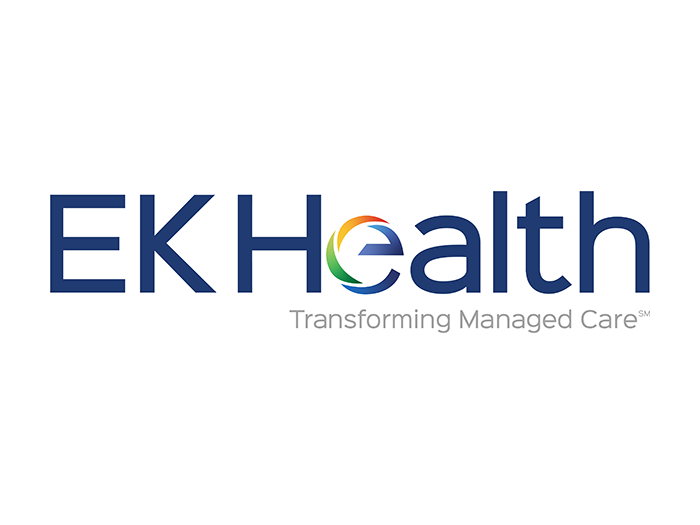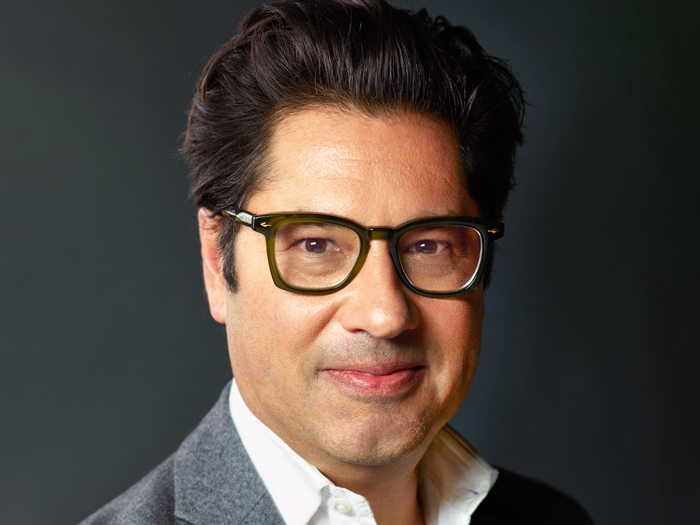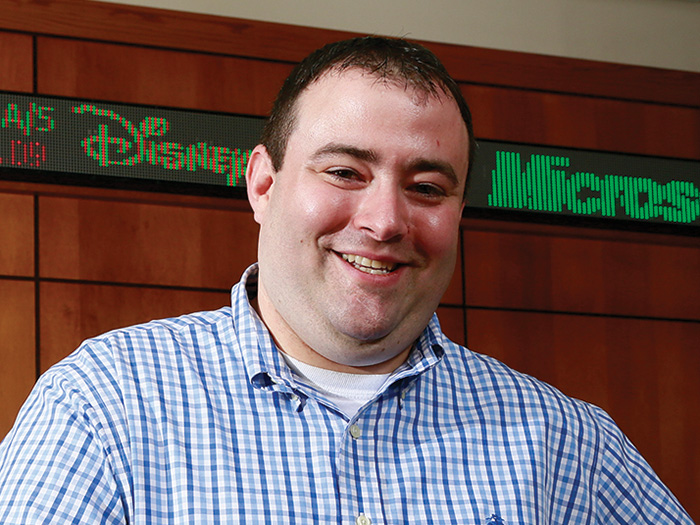2018 Vermont Report
Vermont: A Domicile For Captive Innovation

As America’s largest on-shore domicile for captive insurance, and one of the first, Vermont is home to some of the oldest and largest captive insurance companies, as well as some of the country’s most knowledgeable and experienced regulators.
It is a combination that provides a hospitable environment for captives looking to innovate in a rapidly changing world.
“Vermont’s been doing this for 30 years, so the regulators have the experience,” said Brady Young, president and CEO, Strategic Risk Solutions.
“They can sniff out a deal or some structure that doesn’t make sense, and if they don’t like it, they’ll let you know. But if it makes sense, generally they’re pretty supportive of letting people do it.”
That regulatory culture is evident in Vermont’s relatively open mind toward captive innovations in response to a number of emerging risks as well as emerging opportunities — like the growing trend of companies seeking to transform their captives from a cost center to a profit center.
“They’ve built up a surplus in a captive over the years, because very often companies will price their premiums at market rate,” said Dave Provost, Vermont’s Deputy Commissioner of Captive Insurance.
“They’re in a captive because they think they’re not getting a good deal in the market and so they do build up profits over the years.” Once a captive has built up that surplus, Provost said, the owner has a dilemma: “What do we do with it?”
Increasingly, the answer is to expand the captive’s offerings to include insurance products for clients, members, suppliers, etc., which are outside the company but related to it.
Avenues of Expansion
“States like Vermont have the flexibility to say, ‘Look if it’s controlled and related to your business — and the keywords are controlled and related — we’re comfortable that the risk that you’re putting in your captive is in a good business and solid business.’ They are supportive of allowing companies do it,” said Young.
Such expansions often take the form of extended warranties and service contracts.
“When it comes to vendors and suppliers, there is an opportunity for an owner of a single-parent captive to offer some insurance products to unrelated parties that they work closely with,” said Provost.
“We call it controlled unaffiliated business. You may not have legal ownership control, but you’ve got some effective control. If you’re either their largest customer or their largest supplier, you can exert some influence on them, and if you can do that, then you might be able to share risk with them in your captive.”
Other innovations arise in response to emerging risks from technology or sociopolitical developments.
“Captives have been insuring terrorism risk since 9/11,” said Bill Mourelatos, managing director, Captive & Insurance Management, Aon Global Risk Consulting.
“One advantage of putting some of the risk into a captive is that they can participate in the federal backstop or the TRIA Program. But I think another innovation, at least with terrorism, is that they’re including nuclear, biological, chemical and radioactive cover, which typically is excluded from commercial coverage,” he said.
“Since the federal government started backstopping terrorism insurance, captives have been utilized by property owners and other businesses, both large and small, that have a lot of risk in that area,” said Richard Smith, president, VCIA.
This is particularly helpful for utilities or high-profile real estate that might otherwise have trouble finding coverage.
“A major office building near Broadway sold for $800 million to a group of investors,” said Young, citing one example.
“Since the federal government started backstopping terrorism insurance, captives have been utilized by property owners and other businesses, both large and small, that have a lot of risk in that area.” — Richard Smith, president, VCIA
“They couldn’t find $800 million in terrorist protection. It wasn’t even a question of price, they just couldn’t find it, because everybody that writes property insurance for office buildings was already loaded up. We worked with them to use their captive to solve that problem.”
Captives are often formed in response to risks that insureds feel aren’t accurately understood or priced by the marketplace.
“Everyone obviously is talking about cyber in every facet of business these days,” said Mourelatos.
“I think the captives will have a part in providing coverage in cyber, either through a gateway to the reinsurance markets or by retaining certain levels of risk.”
“Putting cyber coverage in your captive is something that the Vermont regulators are very open to and adept at approving,” said Smith.
“There are certainly a lot of products in the traditional insurance world that people are accessing, but many people prefer to put cyber within their captive program because of the flexibility and better understanding of their own risk profiles.”
New technologies like self-driving cars bring other challenges and, with them, captive innovations.
“The things that make it difficult for an insurance company to operate will all be present with driving cars: no pricing model, no certainty of where things attach, no history of court cases.
If it’s a completely self-driving car, who’s responsible? If it’s a partially self-driving car, what responsibility does the driver, if there is somebody identified as the driver, have? Even identifying ‘who’s the driver?’ If the car came to pick you up, who owns the car? So there’ll be a lot of questions and that will create some opportunity for captives,” said Provost.
Mourelatos agreed: “With the self-driving vehicles, captives will be at the forefront, because like anything, when there is a risk that tends to be somewhat unknown or uninsurable, it tends to go self-insurance first before the commercial markets get in,” he said.
“They understand the algorithms and the risks better than the commercial markets.”
Emerging Opportunities
Technologies like blockchain and cryptocurrencies are also sparking innovations among Vermont’s captives.
According to Smith, captive owners as well as traditional insurers are exploring the use of blockchain to protect important policies and documents that flow between organizations and clients.
“Vermont has actually been leading in terms of creating the structure for institutions to use blockchain for records management,” said Smith.
“Is there a place for captives as a tool to help mitigate the risk within a blockchain program? That is an area that we’re looking at very closely.”
Similarly, while the industry explores the use of cryptocurrencies for premium or claims payments, there may also be a role for captives in insuring them.
“We have had some discussions with cryptocurrency markets about ways that captive insurance might help indemnify some of their risks, in the event of some sort of market failure or loss,” said Smith.
Smith has discussed the area with Vermont’s lead regulators.
“They are open. They’re interested,” he said. “They’re going to be careful … to see where this goes, but they definitely are willing to have discussions about it.”
Other developments that may present a niche for captive innovations include the marijuana industry and its unique legal status.
“These owners are depositing their cash typically in a bank account, but most federally chartered banks will not take their money, so state-chartered banks are stepping up, but they’re not getting the FDIC Insurance and that’s where captives are being formed to provide that insurance,” said Mourelatos.
“And that’s just one aspect. So I think there’s going to be a lot of captive play in the marijuana industry just because commercial insurers don’t have necessarily an appetite and because of the contradiction in the federal law.”
More mature sectors also turn to captives in response to issues with supply or pricing in the marketplace.
“Trucking and transportation-related risk is a challenging area right now,” said Young.
“Prices are going up, supply is going down, and clients are being forced to take more of the risk themselves.”
He cites a similar dynamic in liability and workers’ compensation coverage for nursing homes. &












